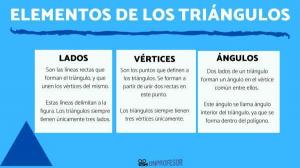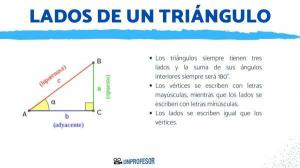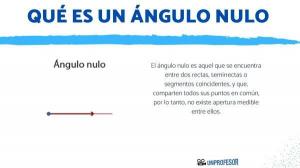What are irregular POLYEDROS and their classification

Today we bring a new lesson from a Professor for the study of geometry, specifically what are irregular polyhedra and their classification. As usual, we are going to see concepts and examples to understand what we are talking about and, to finish, we will propose some training so that you put into practice what you have learned. You will also have the solutions, so that you can check that you have understood it well.
The polyhedra are geometric bodies with faces are flat, that is, polygons, which encompass a certain finite volume. They are bounded three-dimensional bodies, that is, limited by a finite number of flat surfaces.
They can be of various types, but in this article we are going to deal only with the irregular polyhedra, which are those that do not meet one or more of the following requirements:
- They are not regular faces, that is, not all of their faces are regular polygons.
- They are not of uniform faces, that is to say, not all their faces are equal.
- They do not have uniform edges, that is, the two faces that meet at each edge are not always the same.
- They are not uniform vertices, that is, not all faces that meet at a vertex are equal and they are not always in the same order.
In conclusion, for a polyhedron to be considered irregular, it simply does not have to meet any of these conditions, so have uneven faces or angles.
Can we talk about:
Archimedean solids or Archimedean solids
They are convex polyhedra (this means that if any two points of the polyhedron, the segment that joins them will always be interior, never outside the polyhedron), with regular faces and uniform vertices, but they do not have uniform faces, that is, not all faces are equal between they. They are thirteen and Archimedes studied them.
These are their names: the truncated tetrahedron, the cuboctahedron, the truncated cube, the truncated octahedron, the rhombicuboctahedron, the truncated cuboctahedron, the blunt cube, icosidodecahedron, truncated dodecahedron, truncated icosahedron, rhombicosidodecahedron, blunt dodecahedron, and truncated icosidodecahedron.
Prisms and antiprism
They are the only convex and uniform polyhedra left. Kepler studied and classified them and there are infinities.
Prisms are formed from two parallel faces that we call directives, and as many parallelograms perpendicular as there are sides that directive face has. That is, if the directing face is a triangle, the prism is called a triangular prism and it is made up of two triangles and three parallelograms, since the triangle has three sides.
Antiprisms are formed in a similar way, since they are two parallel faces, like the previous guidelines, but which we will now call bases, and they are joined by means of triangles. The number of triangles that will join the bases will be calculated with the number of sides of the base multiplied by two. For example, the square antiprism is formed by two base squares and eight triangles, since squares have four sides, multiplied by two gives eight triangles.

Irregular polyhedra do not follow a certain pattern, so the characteristics vary depending on whether they are concave or convex, whether it is prisms or pyramids, whether the sides are regular polygons or not... You cannot set a closed feature list.
Of course, they can be mentioned by the number of faces they have, regardless of whether they are regular or not:
- Tetrahedron: irregular polyhedron with four faces
- Pentahedron: irregular polyhedron with five faces
- Hexahedron: irregular polyhedron with six faces
- Heptahedron: irregular polyhedron with seven faces
- Octahedron: irregular polyhedron with eight faces
- Enneahedron: irregular polyhedron with nine faces
- Decahedron: irregular polyhedron with ten faces
- ...

Let's see if you have done it correctly:
- Yes, they can have sides that are regular polygons and that will not make them regular polyhedra, because for them to be regular polyhedra all four conditions would have to be met.
- No, they can have an even number of faces, as in the case of the tetrahedron, which has 4 faces.
If you want to learn more about polyhedra, feel free to browse the tabs of a Teacher's website, especially the search engine at the top. Also, if it has helped you, you can share this lesson with your classmates!



